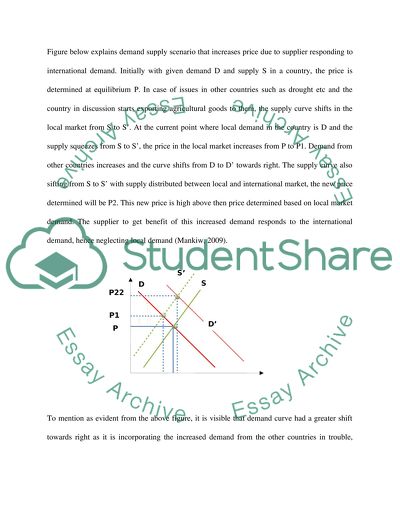Cite this document
(“Potential grows for food crisis as prices surge Essay”, n.d.)
Potential grows for food crisis as prices surge Essay. Retrieved from https://studentshare.org/macro-microeconomics/1458820-potential-grows-for-food-crisis-as-prices-surge
Potential grows for food crisis as prices surge Essay. Retrieved from https://studentshare.org/macro-microeconomics/1458820-potential-grows-for-food-crisis-as-prices-surge
(Potential Grows for Food Crisis As Prices Surge Essay)
Potential Grows for Food Crisis As Prices Surge Essay. https://studentshare.org/macro-microeconomics/1458820-potential-grows-for-food-crisis-as-prices-surge.
Potential Grows for Food Crisis As Prices Surge Essay. https://studentshare.org/macro-microeconomics/1458820-potential-grows-for-food-crisis-as-prices-surge.
“Potential Grows for Food Crisis As Prices Surge Essay”, n.d. https://studentshare.org/macro-microeconomics/1458820-potential-grows-for-food-crisis-as-prices-surge.


